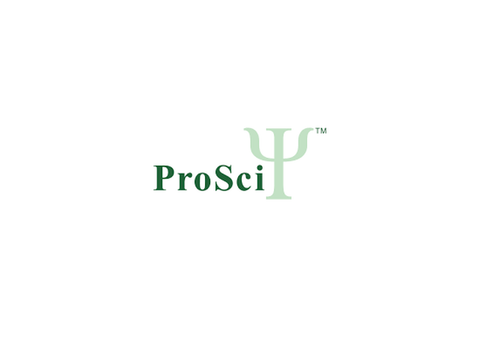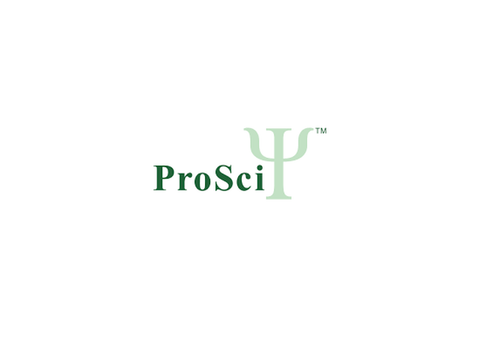Product Description
Neurturin Antibody | 1121 | ProSci
Host: Rabbit
Reactivity: Human, Mouse
Homology: Predicted species reactivity based on immunogen sequence: Mouse: (81%)
Immunogen: Neurturin antibody was raised against a 16 amino acid peptide near the carboxy terminus of human Neurturin.
The immunogen is located within the last 50 amino acids of Neurturin.
Research Area: Growth Factors, Neuroscience
Tested Application: E, WB, IHC-P, IF
Application: Neurturin antibody can be used for detection of neurturin by Western blot. An approximate 14 kDa band of the full length recombinant NTN was detected. Antibody can also be used for immunohistochemistry starting at 5 μg/mL. For immunofluorescence start at 5 μg/mL.
Antibody validated: Western Blot in human samples; Immunohistochemistry in human and mouse samples and Immunofluorescence in human and mouse samples. All other applications and species not yet tested.
Specificiy: N/A
Positive Control 1: Cat. No. 1205 - Jurkat Cell Lysate
Positive Control 2: Cat. No. 1303 - Human Brain Tissue Lysate
Positive Control 3: Cat. No. 10-301 - Human Brain Tissue Slide
Positive Control 4: N/A
Positive Control 5: N/A
Positive Control 6: N/A
Molecular Weight: 14 kDa
Validation: N/A
Isoform: N/A
Purification: Neurturin Antibody is affinity chromatography purified via peptide column.
Clonality: Polyclonal
Clone: N/A
Isotype: IgG
Conjugate: Unconjugated
Physical State: Liquid
Buffer: Neurturin Antibody is supplied in PBS containing 0.02% sodium azide.
Concentration: 1 mg/ml
Storage Condition: Neurturin antibody can be stored at 4˚C for three months and -20˚C, stable for up to one year. As with all antibodies care should be taken to avoid repeated freeze thaw cycles. Antibodies should not be exposed to prolonged high temperatures.
Alternate Name: Neurturin Antibody: NTN, Neurturin
User Note: Optimal dilutions for each application to be determined by the researcher.
BACKGROUND: Neurturin Antibody: Glial cell line-derived neurotrophic factor (GDNF) plays key roles in the control of vertebrate neuron survival and differentiation. A novel neurotrophic factor was recently cloned from human and mouse and designated neurturin. Physiological responses to neurturin (NTN) require the presence of receptor tyrosine kinase RET and a novel glycosylphosphatidylinositol linked receptor NTNRalpha. The cDNAs encoding NTNRalpha from human, rat, chicken, and mouse have been cloned recently and termed GDNFRβ, Ret ligand 2 (RETL2) or TGF-beta-related neurotrophic factor receptor 2 (TrnR2) and nominated as GFRα-2 recently. NTN binds to and forms a complex with GFRα-2 and the Ret PTK and activates the RET receptor tyrosine kinase pathway. Both NTN and GDNF can activate the MAP kinase and phosphatidylinositol 3-kinase pathways and play a critical role in the development of many neuronal populations. Neurturin and GDNF define a new family of neurotrophic factors.
 Euro
Euro
 USD
USD
 British Pound
British Pound
 NULL
NULL












